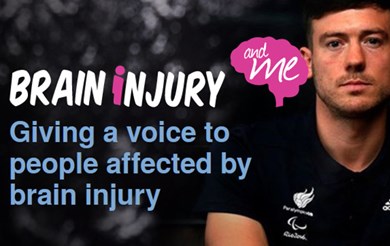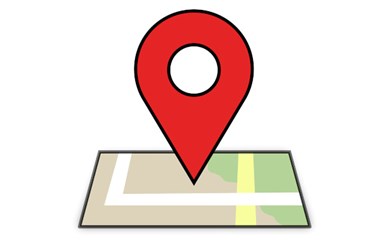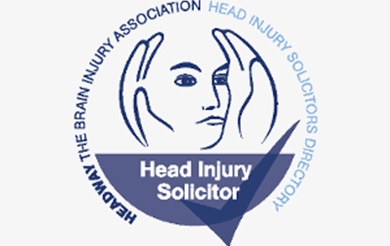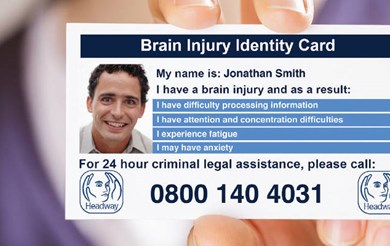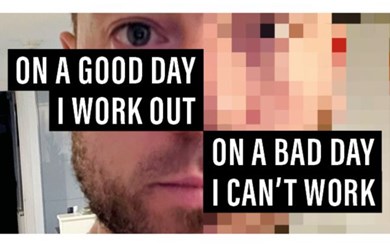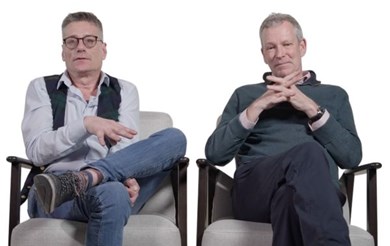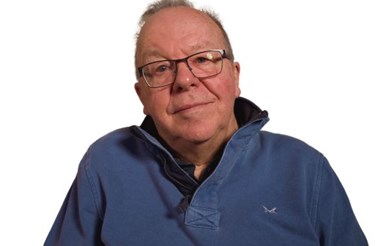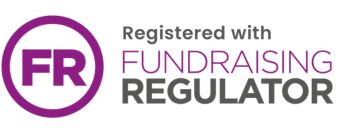Employment and Support Allowance (ESA)
What is Employment and Support Allowance?
Sustaining a brain injury can affect a person’s ability to return to work. For some, the effects of brain injury improve over time and it may be possible to gradually return to work with financial assistance in the meantime. For others, a brain injury may permanently affect the ability to return to work and it may be necessary to have ongoing financial support. In both instances, this is known as having ‘limited capability for work’ and Employment and Support Allowance (ESA) can help.
ESA is a welfare benefit to support people who are unable to work due to a disability or illness.
Previously, there were two types of ESA: contributory ESA and income-related ESA. Contributory ESA has now been replaced by the ‘new style’ ESA (nESA), which will be the focus of this information, while income-related ESA has been replaced by Universal Credit.
Applying for ESA
To apply for nESA you need to complete an online form. The form is available on the government website.
If you are unable to use the online form, you can call the Universal Credit helpline to make an application instead.
Following your application, you will be contacted by the Department for Work and Pensions (DWP) for a ‘New Claim Appointment’. This will either be over the phone or face-to-face.
As part of your application, you may be asked to undergo a Work Capability Assessment (WCA). This is an assessment that gives you a chance to provide further information on how your brain injury affects your ability to work. You will be assessed by a healthcare professional, whose records of the assessment will be used to help DWP with making a decision about your eligibility for ESA.
Tips on how to prepare for the WCA are available in the factsheet Preparing for welfare benefits assessments (PDF).
ESA application outcomes
After your assessment, you will receive a letter or phone call from the DWP explaining what your outcome is.
If you are considered to be eligible for nESA, you will be placed in one of two groups:
- A work-related activity group (WRAG) – this is where the DWP recognises that you are unable to work now but will be expected to work in the future with support. nESA will be payable for a maximum of 12 months after which you may need to reapply.
- A support group – this is where the DWP recognises that you are unable to undertake work related activity, at least for now. There is no time limit for how long you can receive nESA, although you may be reassessed every few years.
If you disagree with a decision, for instance if you are considered to not be eligible for nESA or you feel you should be in a different group, there are a number of steps you can take to get this resolved. Information on this is available in Appealing a welfare benefits decision.
For more detailed guidance and advice, see the factsheet Employment and Support Allowance after brain injury (PDF).
Welfare benefits
A brain injury is likely to have an effect on a family's finances, and claiming benefits can help to ease the pressure.
Find out moreSupporting you
From local groups or branches, our Emergency Fund, Brain Injury Identity Card, helpline and much more, find out how Headway can support you after brain injury.
Find out morePreparing for welfare benefits assessments
The assessment is an opportunity for you to give more information, evidence, and examples of how your brain injury has affected your life.
Find out moreAppealing a welfare benefits decision
If you disagree with a decision made about your benefits application, there are a number of steps you can take to challenge this.
Find out more